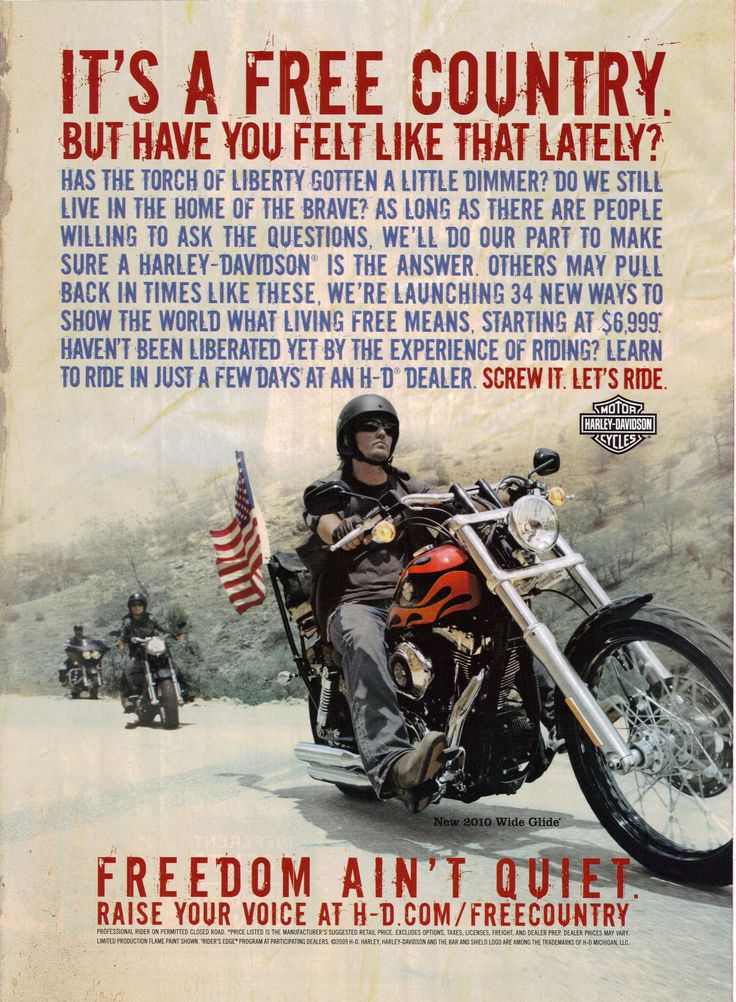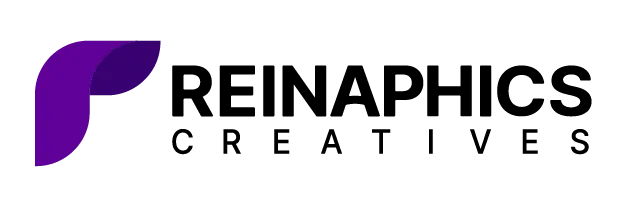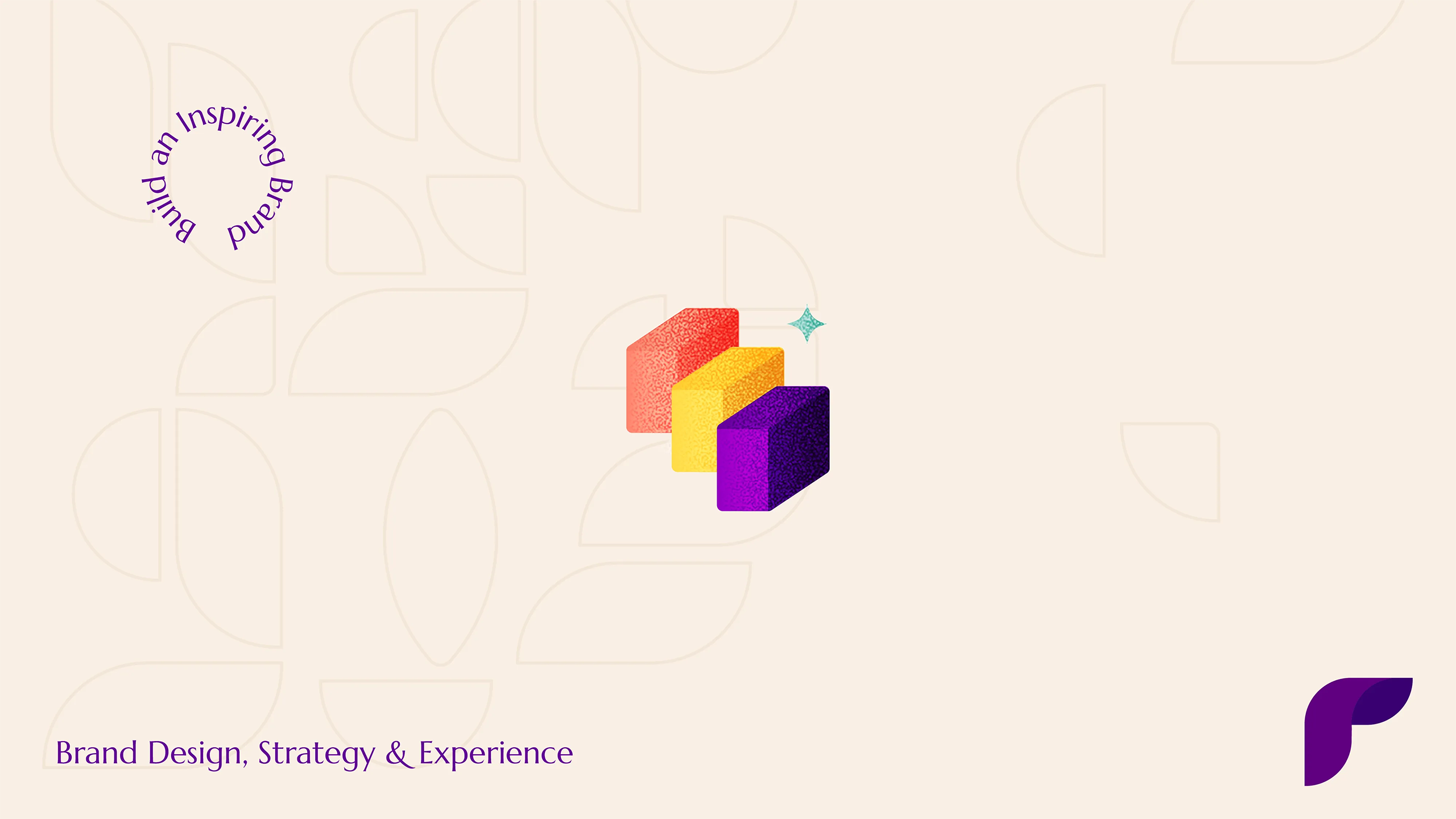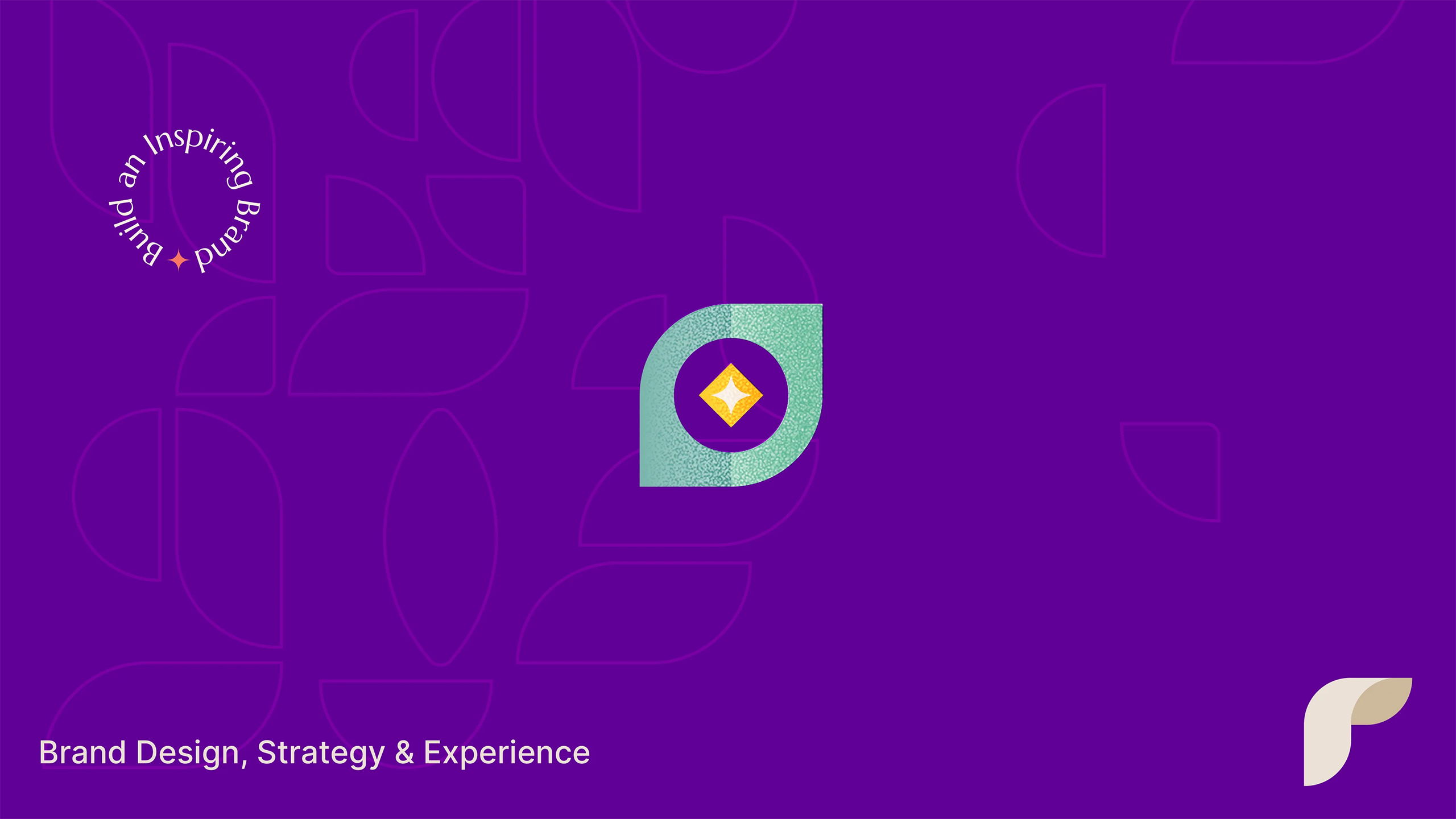Archetypes tap into something fundamental in human psychology. This is a shared psychological inheritance that transcends individual experience. This blog explores the 12 brand archetypes with special focus on the Hero, Sage, and Rebel archetypes.
Inside this article,
The complete archetype framework
When we encounter an archetype – whether in mythology, literature, film, or brands, we instinctively recognize its essence without conscious analysis. This instant recognition is why archetypes are so powerful in branding.
When a customer interacts with a brand clearly embodying an archetype, they subconsciously understand the brand’s values, personality, and promise.
This understanding happens at a primal level, bypassing rational thought processes and creating an immediate emotional resonance. Consider how quickly you can understand a character in a film when they embody a clear archetype. Within seconds, you grasp their motivations, predict their likely actions, and form emotional connections. The same psychological mechanism works with brands.
Neuroimaging studies show that when we encounter powerful archetypal imagery, our brains light up in patterns associated with recognition, emotional processing, and memory formation. This neurological response explains why archetypal brands create such strong memory imprints and emotional connections.
How archetypes create instant understanding and connection
Archetypes function as psychological shortcuts, allowing brands to communicate complex values and brand personalities instantly. This efficiency is remarkable—a well-defined archetypal brand can convey in seconds what might otherwise take multiple exposures or extensive explanation. The connection created isn’t just intellectual but deeply emotional.
When a brand authentically embodies an archetype that resonates with its audience, it triggers an almost instinctive sense of trust and familiarity. Customers feel they “know” the brand, even upon first encounter. This connection isn’t superficial. The modern brand archetype framework consists of twelve primary archetypes, each representing a human motivation and characteristic pattern of behavior. These archetypes are:
| Archetype | Description | Brands |
| 1.The Innocent | Motivated by happiness, values simplicity and goodness. | Dove Whole Foods |
| 2.The Everyman | Motivated by belonging, values authenticity and connection. | IKEA Target |
3.The Hero | Motivated by mastery, values courage and achievement. | Nike FedEx |
| 4.The Hero | Motivated by service, values compassion and generosity. | Johnson & Johnson TOMS |
| 5.The Explorer | Motivated by freedom, values independence and adventure. | REI Jeep |
| 6.The Rebel | Motivated by liberation, values, revolution and disruption. | Harley-Davidson Virgin |
| 7.The Lover | Motivated by intimacy, values passion and pleasure. | Victoria’s Secret Godiva |
| 8.The Creator | Motivated by innovation, values imagination and self-expression. | Adobe LEGO |
| 9.The Jester | Motivated by enjoyment, values humor and spontaneity. | Old Spice M&M |
| 10.The Sage | Motivated by understanding, values, knowledge and truth. | Google TED |
| 11.The Magician | Motivated by transformation, values fulfillment and transcendence. | Disney Mastercard |
| 12.The Ruler | Motivated by control, values stability and prosperity. | Mercedes-Benz American Express |
Beyond these primary archetypes lie sub-archetypes and hybrid possibilities. For instance, a brand might embody the Sage archetype with elements of the Magician, creating an expression that maintains archetypal power while achieving differentiation.
Also read: Brand archetypes for the modern era of branding and marketing
Archetypal assessment: Finding your brand’s natural character
Identifying your brand’s authentic archetype requires deep introspection and objective analysis.
The process begins with a foundational question:
- What fundamental human need does your brand fulfill?
- Beyond functional benefits, what emotional or psychological value do you provide?
Customer perception analysis provides essential validation. How customers already perceive your brand often reveals archetypal patterns you may not have consciously cultivated. This analysis can be conducted through qualitative research, social media sentiment analysis, and structured customer interviews using archetypal frameworks.
Competitive archetypal mapping examines how archetypes are distributed across your industry. This mapping reveals both opportunities and challenges.
In some cases, adopting an underrepresented archetype can create powerful differentiation. In others, redefining a common archetype in a fresh way may be the optimal strategy.
The Hero archetype deep dive
Hero brands exhibit distinct behavioral patterns—they challenge customers to push beyond perceived limitations, celebrate achievement, and frame everyday actions in terms of meaningful accomplishment. Their communication typically features direct, action-oriented language and imagery depicting triumph over adversity.
Nike represents perhaps the quintessential successful Hero brand implementation. Their “Just Do It” tagline perfectly captures the Hero’s call to action, while their marketing consistently features narratives of ordinary people achieving extraordinary results through determination. Their product development focuses on performance and achievement, completing the archetypal expression.

The Sage archetype deep dive
Sage brands exhibit behavioral patterns focused on education, insight, and depth of understanding. They position themselves as trusted advisors, offering clarity in complex situations. Their communication typically features evidence-based arguments, thoughtful analysis, and clear explanations of complex concepts.
Industries naturally aligned with the Sage include educational institutions, research organizations, analytical tools, and news/information services.
These categories inherently connect with the Sage’s values of knowledge and understanding. Visually, Sage brands typically employ clean, ordered designs with clear information hierarchies. Their verbal expression features measured, thoughtful language with evidence-based claims and logical structure. Experientially, Sage brands create moments of insight and understanding, focusing on the satisfaction of comprehension.
The Rebel archetype deep dive
Rebel brands exhibit behavioral patterns that question established norms, celebrate outsider status, and champion alternative perspectives. Their communication typically features provocative language, counterintuitive positions, and imagery that challenges conventional expectations.
Industries naturally aligned with the Rebel include alternative culture products, disruptive technologies, and marginalized communities. These categories inherently connect with the Rebel’s values of liberation and radical authenticity.
Harley-Davidson represents a successful Rebel brand implementation. Their entire brand ecosystem celebrates freedom from convention and belonging to a counterculture.

How to implement your archetypal strategy
Implementing your archetypal strategy begins with developing a brand voice that authentically expresses your archetype. This voice should manifest consistently across all communication channels, from advertising to customer service scripts. Visual identity alignment demands careful consideration of how color, typography, imagery, and design elements can reinforce your archetypal positioning. Successful implementations create immediate archetypal recognition through visual cues alone.
Content and communication strategies should reflect the narrative patterns associated with your archetype.
A Hero brand might structure content around challenges and achievements, while a Sage brand might focus on explanatory content and analytical frameworks.
Customer experience design represents perhaps the most powerful application of archetypal thinking. Each touchpoint should reinforce the archetypal promise, creating a coherent journey that satisfies the human need your archetype addresses.
Also read: From brand identity to seamless brand experience: Creating cohesive touchpoints
Conclusion
Archetypal clarity provides brands with a powerful competitive advantage. By connecting to human motivations and psychological patterns, archetypal brands create instant understanding and emotional resonance. The result is a brand that speaks to customers at the deepest level of human understanding.




